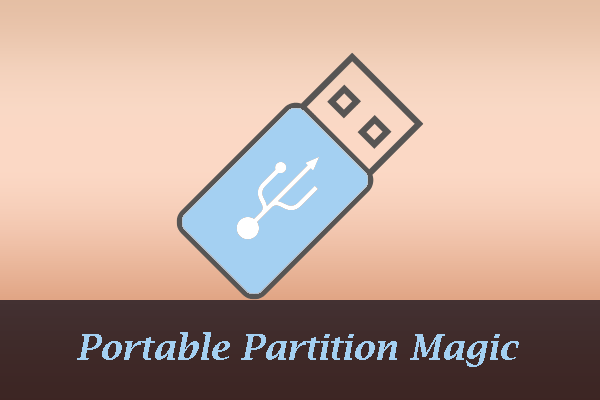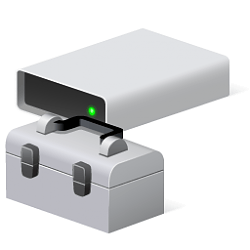The ADATA ToolBox requieres all partitions to be removed before running Security Erase. My exact problem is that there are 5 partitions that i cannot get rid off.
View attachment 101008
DTA sedutil Self encrypting drive software. Contribute to Drive-Trust-Alliance/sedutil development by creating an account on GitHub.

github.com
➜
- Linux and Windows executables are available at Executable Distributions
- If you are looking for the PSID revert function see linux/PSIDRevert_LINUX.txt or win32/PSIDRevert_WINDOWS.txt
P.S., doing a PSID revert will not wipe the data from the SSD. It will only
unlock the SSD from the 'frozen' state. So, next, it should be possible to run the
clean command from DISKPART successfully. Do
NOT run the
clean all command. On SSDs, running the
clean all command from DISKPART does
NOT ensure that all blocks in the NAND flash memory chips of the SSD will effectively be freed, as the only way to ensure this is by running the
Security Erase procedure from the ADATA SSD ToolBox.
Remember that, on SSDs, when the OS (Windows) removes some data, the pages that hold this data in the NAND flash memory chips will
NOT be erased. Rather, they will only
be marked as stale. Stale pages only get erased if the SSD decides that it needs to free up stale pages by erasing more blocks, as pages can only be erased by erasing an entire block. (In SSD NAND, blocks consist of multiple pages.) The OS has no control over the internal maintenance processes in any way whatsoever, and that also includes the
garbage collection process. The only way that can be forced is by doing the
Security Erase, i.e., to
Sanitize/Secure Erase like I earlier said.
Like I also earlier said, the added benefit is not only that the SSD performance gets restored to how it was when the SSD was still new. It also helps to improve the
longevity of the SSD (as this improved performance also means that the internal maintenance processes run more efficiently so it helps to further reduce
write amplification and to further improve
wear leveling), albeit you shouldn't repeat this Sanitize/Secure Erase action too frequently or else you'll gain the opposite effect that will shorten its lifespan.
By contrast, letting the OS remove the data with DISKPART
clean all only results in writing more pages to the NAND
for no good reason. The unnecessary writes that result from this action will shorten the lifespan of the SSD, and will do so for no good reason, because they are unnecessary. I.e., it doesn't erase the blocks. So, it also doesn't free any of the stale pages in them. It doesn't actually even ensure that sensitive data can no longer successfully be recovered from the SSD. Only the Sanitize/Secure Erase action can. As a result, running DISKPART
clean all on a SSD factually is
counter-productive.
So, what you need to do instead is just run DISKPART
clean to comply with the
"Please remove all of partitions before running Security Erase" notice. However, seeing as it does not let you do that, most likely your SSD is Security Locked, or 'frozen'. So, first, you need to find a way to 'defrost' it, as I am guessing that the SSD you have uses TCG Opal 2 for its Self-Encryption, and, for one reason or another, is currently Security Locked.












